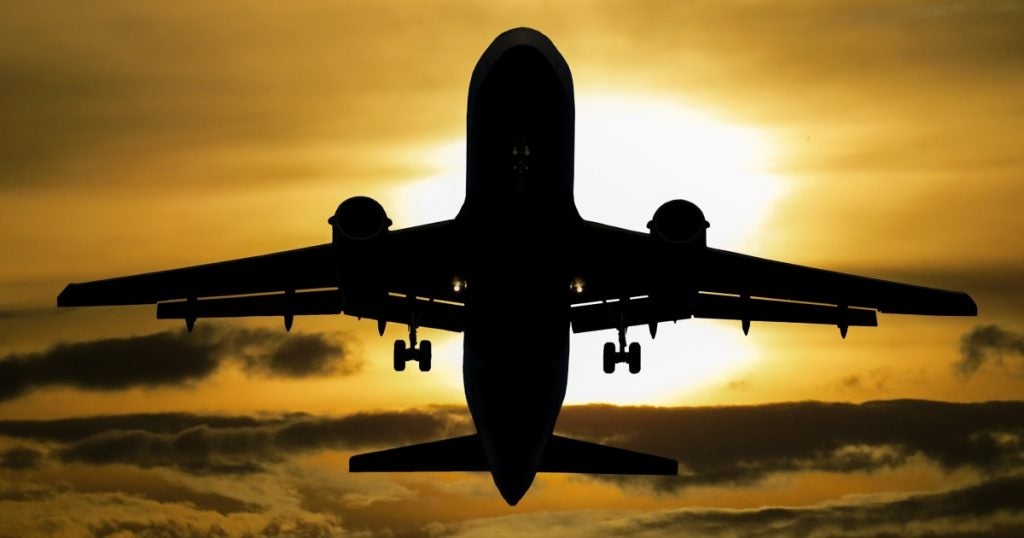
Airplane flying at sunset. Adam Clark, Flickr
The International Civil Aviation Organization is preparing to stand up its market-based emissions reduction program, the Carbon Offsetting and Reduction Scheme for International Aviation, or CORSIA. As it does so, ICAO must maintain CORSIA’s environmental integrity.
To that end, airlines should not be allowed to count, for CORSIA compliance, carbon credits that have been found to be invalid, e.g., fraudulently issued or otherwise not meeting CORSIA’s standards for credit quality. To ensure that all credits represent actual emission reductions, such substandard credits should be invalidated – even if the fraud isn’t exposed until after airlines have canceled the credits in CORSIA. The emissions for which the credits had been tendered have occurred, and still need to be covered by valid reductions in order to meet CORSIA’s promise of “carbon neutral growth.”
California offers one approach to how CORSIA can do this. In its market-based climate program, California has developed a way to cover the emissions from invalidated credits to uphold the integrity of its program and encourage emitters to invest only in high-integrity offsets. It’s known as “buyer liability,” which means that if the California Air Resources Board (CARB), the regulatory body, invalidates offset credits, then those who purchased the credits for compliance with California’s emissions limit must replace the invalidated credits. This ensures that emitters meet their full compliance obligations and that they are more diligent in selecting offsets.
Early on, California’s buyer liability approach caused some uncertainty among offset project developers. But seven years of experience demonstrates that buyer liability has worked in California’s carbon market. Here’s how we know:













